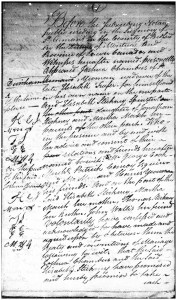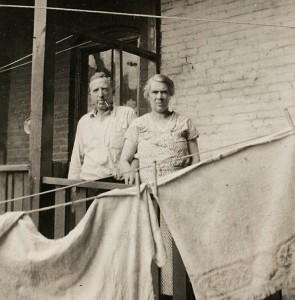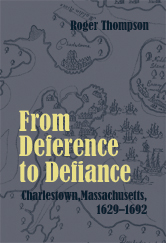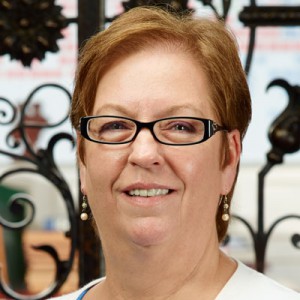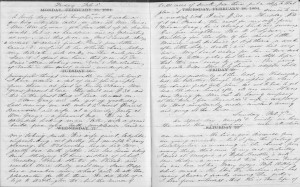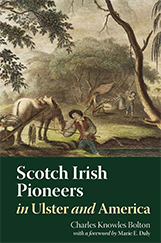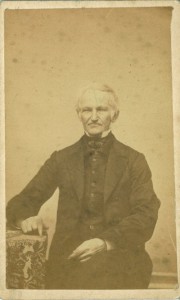
The names my parents ended up giving their children – Christopher, Carolyn, and Katherine – are names that most people would probably consider not that unusual. But there were several other names my father had in mind. For a boy, he liked the name Asa, in honor of his great-great-grandfather Asa Thurston Child (1820–1860). For my sisters he liked the names Tryphena and Tryphosa, after even more removed relatives of whom I was unaware in my youth. These names are biblical, mentioned by Paul in Romans 16: 11: “Salute Tryphena and Tryphosa, who labour in the Lord,” and in my experience in genealogy they have often been given to female twins. Continue reading Tryphena and Tryphosa


